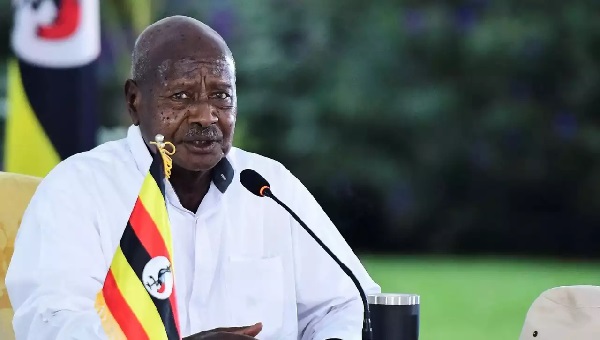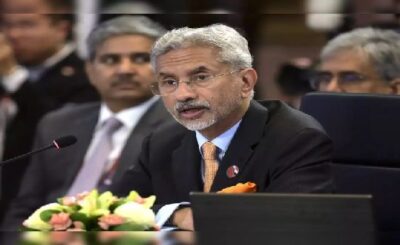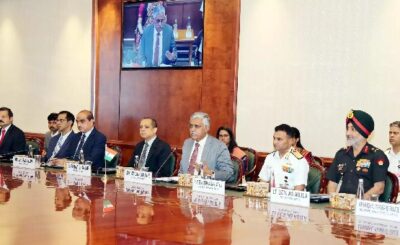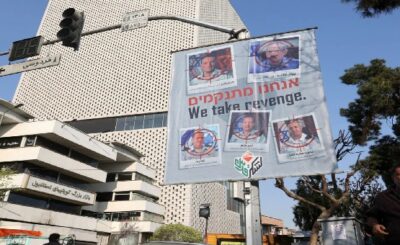EDITORIAL
Ugandan President Yoweri Museveni has hailed the contributions of the South Asian community, especially the Indian diaspora, to the country’s economy despite their struggles following their mass expulsion in 1972.
Museveni, who hosted the 19th Summit of the Non-Aligned Movement (NAM) in Kampala from January 15-20, spoke about the mistakes committed by former military ruler Idi Amin who forced Asians, a majority of them Indians, settled in Uganda to leave the country.
Uganda, which was admitted to the membership of the Non-Aligned Movement (NAM) at the Second Summit of Heads of State and Government held in 1964 in Cairo, was headed by Amin as the third president of Uganda from 1971 to 1979.
“NAM countries also make mistakes like in Uganda. Then we had a man called Idi Amin,” he said at the NAM summit. “In a very short time, he expelled our Asians, …especially (the people from) India and Pakistan,” Museveni said, adding: “You had a leader over a NAM country undermining his own economy.”
He said these Indian-origin people had invested in sugar, hotels and steel production. After they were forced to leave Uganda, a large, prosperous community of Ugandan Asians found themselves scattered across the globe, many having left lost the businesses they had spent years working on.
The President lamented the missed opportunities for growth and development during that period. President Museveni also spoke about the steps taken by the Ugandan government to rectify the problems created by Amin.
“When we came into government, we gave back the properties of our Asian citizens and non-citizens that Amin had taken from them,” he said. Since their return to the country in the 1980s and 1990s, Asians from the Indian subcontinent have once again become a pillar of the country’s economy.
“I was asking people how many factories have been built by our Indian returnees. They told me about the 900 factories that they had built since they came back.” During the Summit, he acknowledged the role of India in the formation of the NAM.








